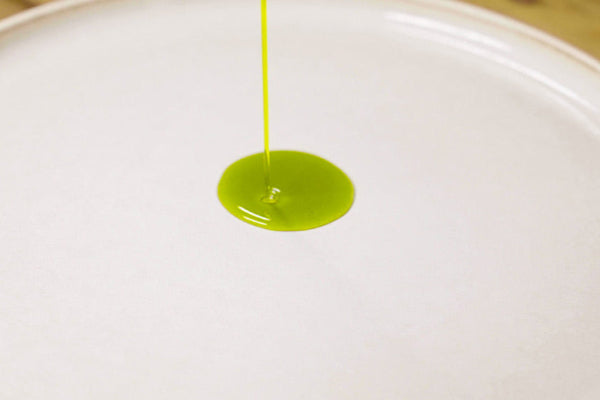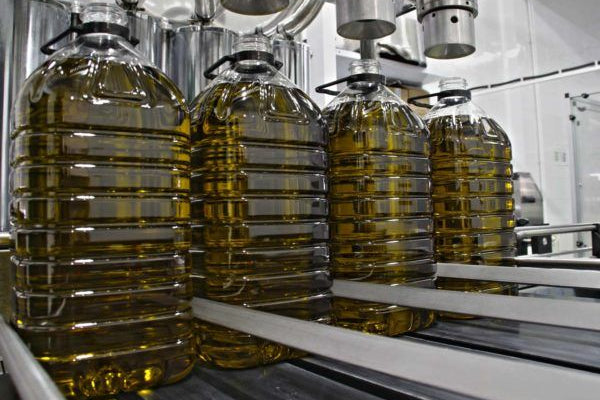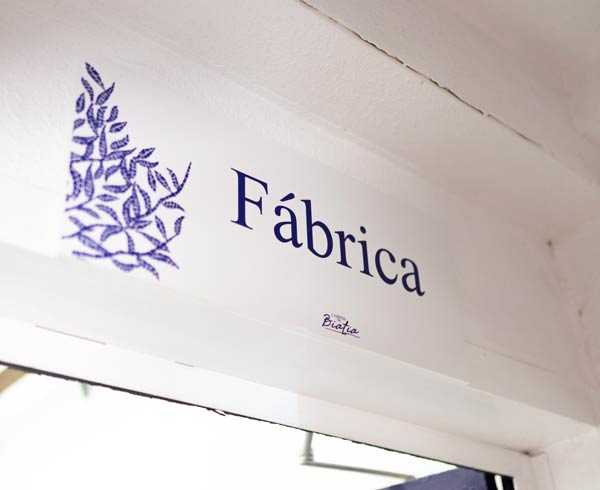
How to make olive oil at home?
For lovers of natural food, who seek a deeper connection with the foods they consume every day, the idea of making homemade oil at home can be very interesting. Can you imagine yourself making your own oil with the fresh aroma of freshly crushed olives filling your kitchen?
If you like this idea, you have come to the right place, because at Olivarte we are going to tell you how to make olive oil at home, showing you all the steps you must follow; from selecting the olives to the manual extraction of the golden liquid they hold inside and that you like so much.
Is it possible to make homemade olive oil?
Although the production of olive oil in large quantities is carried out in mills with specialized machinery, the answer is yes, it is possible to make homemade olive oil in small quantities, as long as you have the necessary tools and, above all, are willing to dedicate time.
A good reason to make homemade oil at home is that you can get to know it thoroughly, as well as enjoy a pure product, without additives and completely natural made by yourself.
Step 1: select the olives
The first step to making your own olive oil is to select quality olives that are in good condition, neither too green nor overly ripe.
The quality of the olives is essential to obtain a balanced oil in flavor and aroma. Ideally, you would use olives from your own olive tree, but if not, we recommend buying them from a trusted local producer.
Step 2: wash the olives
Before starting the process, it is important to wash the olives with water to remove dust, dirt, or any other residue. This step, although simple, is crucial to obtain a clean oil free of impurities.
Step 3: crush the olives
Crushing is one of the most important steps to make olive oil at home, as it is where the essential oils of the fruit are released.
To crush olives at home, you can use a powerful blender, an electric chopper, or even a manual press if you seek a more traditional approach. The goal is to obtain a homogeneous paste that includes both the pulp and the pit.
If you wonder how to grind olives at home, make sure to do it in small quantities and with breaks to avoid overheating the machinery, as heat can negatively affect the flavor and properties of the oil.
Step 4: stirring the paste
Once crushed, the paste must be stirred for about 30 to 60 minutes to promote the union of the small oil droplets. This process is called "malaxation" and should be done at a controlled temperature (ideally between 20 and 27 °C) to preserve the aromatic compounds of the oil.
Step 5: separation of the oil
After stirring the paste, it is time to separate the oil from the rest of the components (water and solids). In the olive oil industry, a centrifuge is used, but at home it can be done more simply: placing the paste in a clean cloth or fine mesh strainer and squeezing little by little with your hands or using a handmade press.
The obtained liquid is left to rest for several hours or even days so that the oil rises to the surface and can be carefully collected. The result will be a cloudy and dense oil, but perfectly edible.
If you want a clearer result, you can filter it with a cloth or kitchen paper. For purists, leaving it unfiltered is also an interesting option. If you want to know more, read our article about what unfiltered olive oil is, where we explain all the differences compared to filtered oil.
How much oil can you get?
The amount of oil obtained depends on several factors, such as the olive variety, its degree of ripeness, or the extraction method. If you wonder how many kg of olives are needed for 1L of oil, you should know that you need between 4 and 6 kg of good quality olives to obtain one liter.
How to store homemade oil
Once extracted, the oil should be stored in an opaque and airtight container, placed in a cool place away from light to preserve its flavor and properties. It is not necessary to refrigerate it, but extreme temperatures should be avoided.
How to know if your oil is good?
Once you have your oil ready, at Olivarte we teach you how to taste olive oil like an expert, which will allow you to learn to value it correctly. You will notice that, although it is an artisanal oil, your oil can compete in aroma and flavor with many commercial ones.
What to do with homemade oil?
Besides using it raw or for cooking, homemade olive oil can have many different uses. A very interesting option is to use it to make your own cosmetic products, as we explain in this article about how to make olive oil soap.
And, if you want to know everything this product can do for you, we recommend you learn about the properties of olive oil, which range from strengthening the cardiovascular system to antioxidant and anti-inflammatory benefits.
As you can see, making olive oil at home is an artisanal process you can carry out today, and it will allow you to connect with the roots of traditional food.





Leave a comment
This site is protected by hCaptcha and the hCaptcha Privacy Policy and Terms of Service apply.